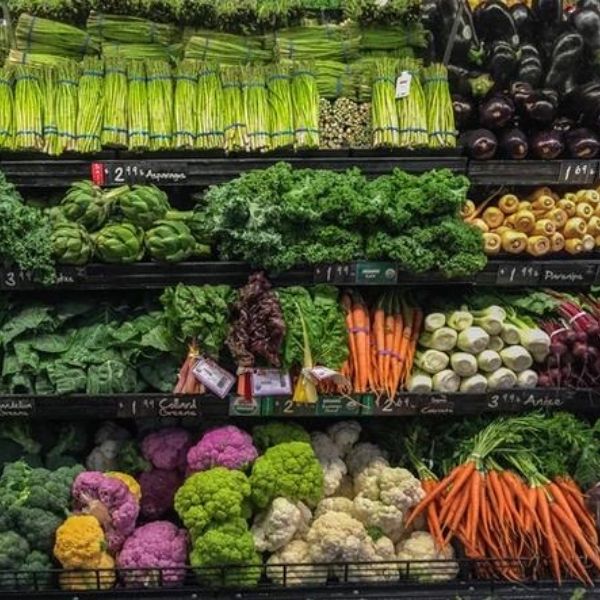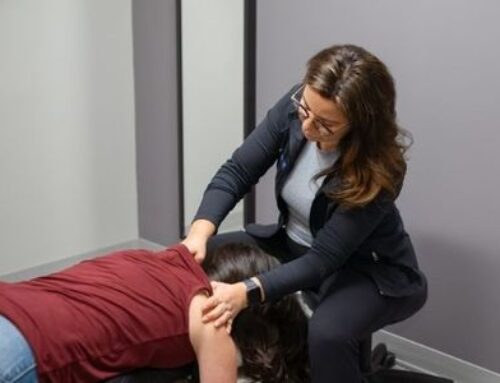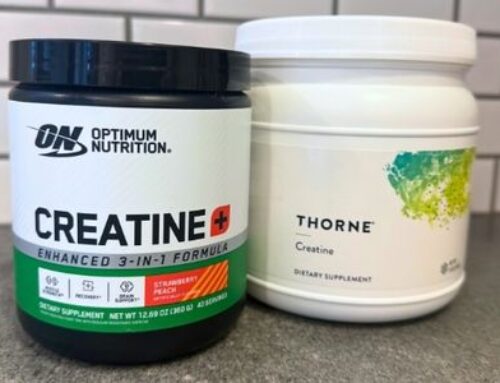We are well aware of the endless benefits of varieties of vegetables in our diet, but how we extract those benefits from the food in the most effective way is often lesser known. Today we will be discussing the compound sulforaphane – its importance in our diet and tips on how to make sure you aren’t losing it during the cooking process.
Sulforaphane is a sulfur-rich compound/phytochemical found mostly in green vegetables, commonly those that are cruciferous (broccoli, brussels sprouts, cauliflower, bok choy, cabbage). Sulforaphane is most of the reason why these specific vegetables are known to be so beneficial for our health, because it neutralizes toxins, reduces inflammation, and protects DNA. As a phytochemical, it is also recognized as an antioxidant, canceling out damaging free radicals. In this process, they remove the particles that damage healthy cells in the body that can form over time through food additives and different forms of pollution. Sulforaphane has also been studied to slow cancerous formations or tumor growth because it can reduce the ability of cancer cells to continue to multiply. With all of this in mind, we want to make sure we are getting the most sulforaphane per brussels sprout in our meal.
The difficulty with sulforaphane is that it is readily available in these vegetables in a raw form. Meaning that a quick steam or raw consumption is the easiest way to receive the benefits. This is because sulforaphane’s inactive form is glucoraphanin interacts with an enzyme called myrosinase in order to activate sulforaphane, and this enzyme is only released in processes of cutting, chopping, or chewing the actual plant in a raw or steamed form; the enzyme myrosinase is often destroyed during the cooking process as it is not resistant to heat, making us lose the high amounts of sulforaphane that we started with.
And since a common practice with foods such as brussels sprouts, broccoli, and cauliflower is to really roast and create interesting flavor profiles with spices and sauces, will we lose the important health properties of these vegetables in the process? We don’t have to!
A simple way to bypass this issue is to provide the vegetable with that switch to the active form of sulforaphane before cooking, by chopping the vegetables and letting them sit for 30 to 40 minutes before entering the oven; this will help retain most of the sulforaphane content in the vegetables. Another interesting way to retain sulforaphane is to roast your vegetables with a topping of mustard seed to rescue the enzymatic conversion. Even small amounts of daikon radish, horseradish, or wasabi (all cruciferous vegetables packed with myrosinase) can work to be added on top of your roasted broccoli. Even a small amount of fresh greens involved in the meal can help offset with their own myrosinase enzyme.
With all of these options, whether chopping ahead of time or just adding mustard seed, we are not fully limited in making sure we get the most bang for our buck in the cruciferous vegetable and sulforaphane realm. Happy crunching!





